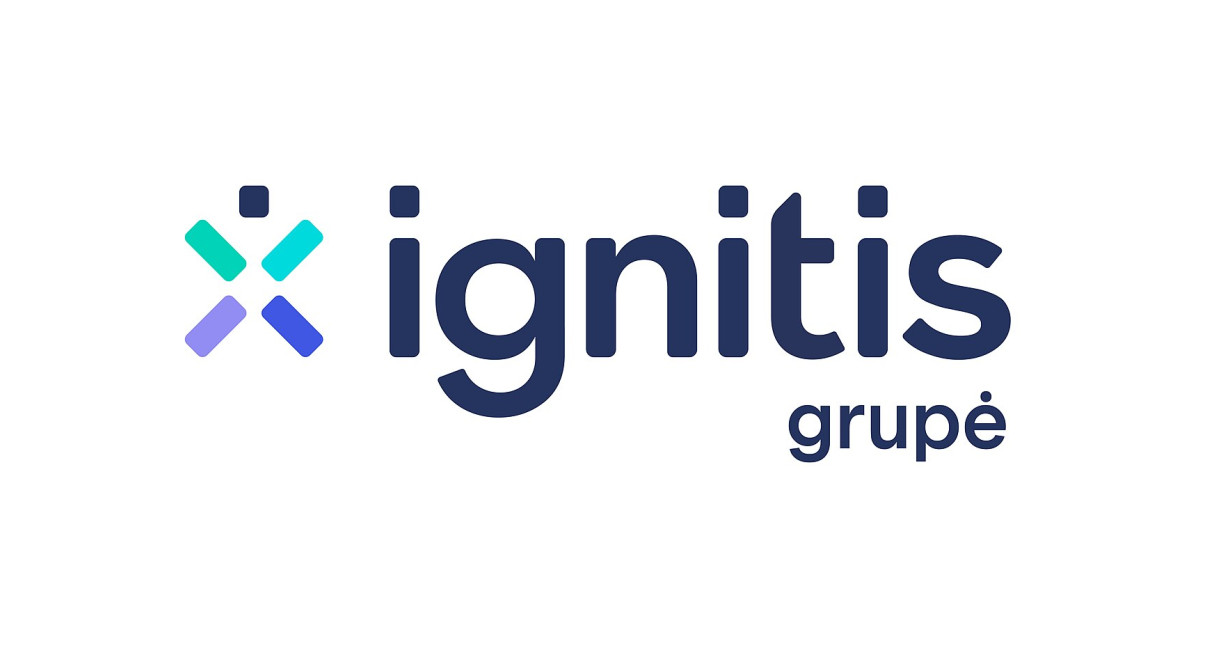Živilė Skibarkienė. How gender diversity affects business results?
Živilė Skibarkienė is a Management Board Member and Chief Organisational Development Officer at Ignitis Group
In response to a sluggish growth of women in top management positions, the EU is pushing harder for gender diversity among corporate executives and, thus, adopted a directive, which should help tip the scales quicker. Lithuanian Parliament has adopted the related necessary legislative changes, and this directive has already become the status quo in the country. Even though the “yet another directive” may seem for some businesses as an additional burden, studies indicate that gender balance is a boon for a company rather than a burden. It has a chance to increase profits, innovate more and make better decisions. How is this possible?
A more diverse team of executives helps avoid the trap of a “single-minded point of view”, enables a broader view of the issues, facilitates faster decision-making and greater employee engagement. In other words, a different point of view helps retain talents and adapt to the complexity of today's business environment. Therefore, ensuring diversity is not just social responsibility, but diversity actually is a competitive advantage, which can help businesses grow and adapt to the constantly varying challenges. Studies indicate that in companies with higher gender diversity the implemented innovations become more effective. Companies with a greater number of women in executive positions have a 25% higher chance of reaching higher profits.
What new gender diversity requirements mean for Lithuania?
This EU directive is a necessary and a relevant measure. It will be implemented in our country by encouraging large companies to have at least 33% of the underrepresented gender in management and supervisory bodies while not exceeding 49%. It’s important to note that the companies will violate the law only if they fail to take steps or measures to achieve this objective but not if they fail to achieve it.
Such measures are necessary because, similarly as in other European countries, the top management positions here are still dominated by men, even though we have plenty of women with higher education degrees who work in various areas, including the energy sector. There are also many women working at different management levels. In 2023 women in such positions accounted for 36% (35% in the EU). However, as we move up the ladder, the number of women in management boards of listed companies decreases to 27% (34% in the EU), and women who are chief executive officers of such companies account for only 5%, i.e., there is only one (9% in the EU).
Some countries, for example, Norway and France, that have decided to tackle the problem head on, have long implemented gender quota mechanisms with different degrees of enforcement. Such countries are noticing that gender quotas are not just a social justice measure, they contribute to better business results. Teams with more a diverse team of executives often make better decisions and implement innovations faster. It is especially relevant to the energy sector, where technological progress and innovation are an integral part of the business.
At Ignitis Group, we aim to have at least 30% of women in top management positions by 2027, and we are working on this objective for a couple of years now. We know that it is a tough challenge, especially in the sector still dominated by men. We are even pursuing this objective on a broader scale compared to the new requirements as, besides management and supervisory boards, we aim to reach gender balance in the middle management level, including our subsidiaries, as well.
We are also promoting gender balance in the processes that lead to such positions. For example, our goal is that each critically important position would have at least one or two “successors” who can take over the work should the current executive leave the company. And we are very happy to have 40% of women in the list of successors, who are being prepared for such career steps. These efforts allow us to build a sustainable change model that does not stop at the top management but includes talent development from the earliest stages of a career as well.
A more diverse team of executives makes better decisions
Gender diversity among executives is not a legal or a moral requirement, it actually is a business advantage. Women in management bodies ensure the diversity of points of view and help better reflect the needs of the society we provide services to. Inclusion of women makes the organisation, as an employer, more just and inclusive. During the pandemic, we noticed that teams led by women recorded higher employee satisfaction. Empathy and emotional intelligence of women helped employees feel supported and important at such a difficult time.
Women executives help solve the issues that often are forgotten in male-dominated teams. Involving women facilitates the development of products that meet the needs of all consumers and solve employee wellbeing issues. As companies start to realise the importance and benefits of gender balance, they will likely turn their attention to the wider aspects of diversity. This will ensure that the management reflects the needs and experiences of, besides gender-based social groups, neuro-diverse people or the LGBTQ+ community. My advice to CEOs is to simply start tracking the data when a female manager or board member is hired. How various metrics are changing, from profitability, efficiency, risk management to talent attraction, product innovations, people satisfaction?
Stereotypes and discrimination are still the primary causes for the shortage of women executives
It must be noted that, while gender balance among executives is becoming more relevant, stereotypes remain a major challenge. Stereotypes about what an executive should be like, which gender is better suited for leading, which gender should care more about career, etc., are still very much alive among both women and men. At Ignitis Group, we are tackling these stereotypes by creating an equal and engaging working environment. We are also organising trainings, educational campaigns and promoting gender equality awareness among both employees and executives.
We are trying to give women more opportunities by encouraging them to participate in executive selections and showcase their competences. I often hear questions, like: “Why women fail to reach executive positions? What hinders them? Maybe they just don’t want it?” Our experience shows that women are often too self-critical and decide not to apply for a position even if they are fully ready. That's why we are carrying out a “nomination” initiative, where women who are fit and ready for a certain position are included in the list of candidates automatically, even if they doubt their own abilities. If a candidate decides that she does not in fact want to participate in the selection, she must exit the list of candidates on her own initiative. This encourages women to participate in the selection for executive positions and gives them an opportunity to display their potential or at least be mindful of their competences, consult their manager or HR partner.
We are also working towards gender-balanced shortlists for every executive position and set a requirement for recruitment agencies to scout for and offer more female candidates. Such conscious efforts allow us to ensure that gender balance is not left to chance or temporary, but that it is the result of consistent work.
We feel that it is important to create an environment, where every employee could realise their potential, regardless of their gender. This means that, besides tackling stereotypes, we are also working on tackling systemic obstacles that prevent women from progressing in their careers. This strategy enables us to improve the working environment while contributing to the overall success of the organisation.





